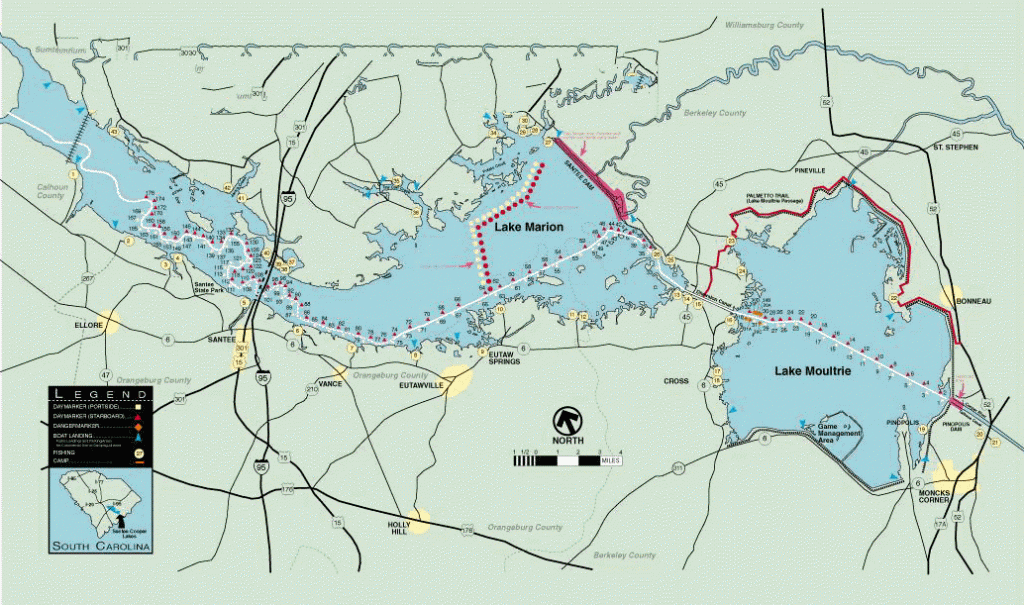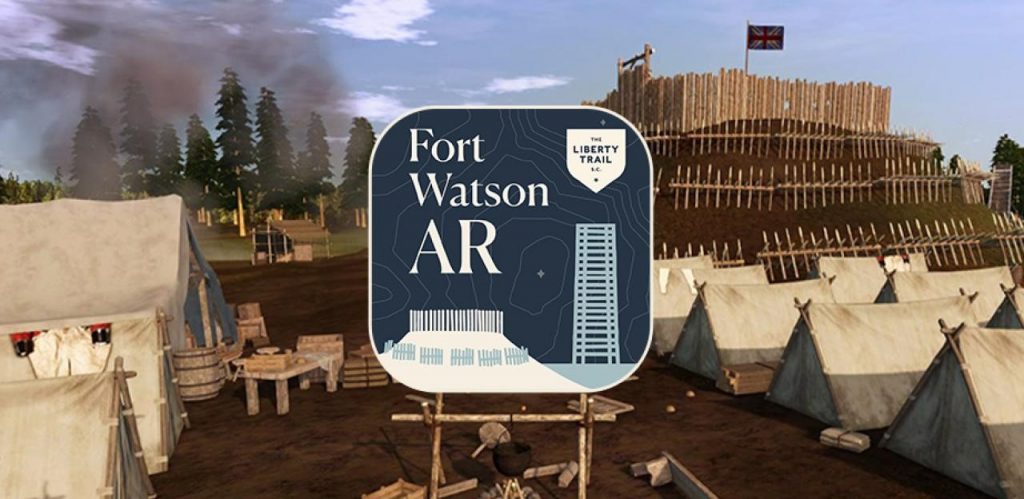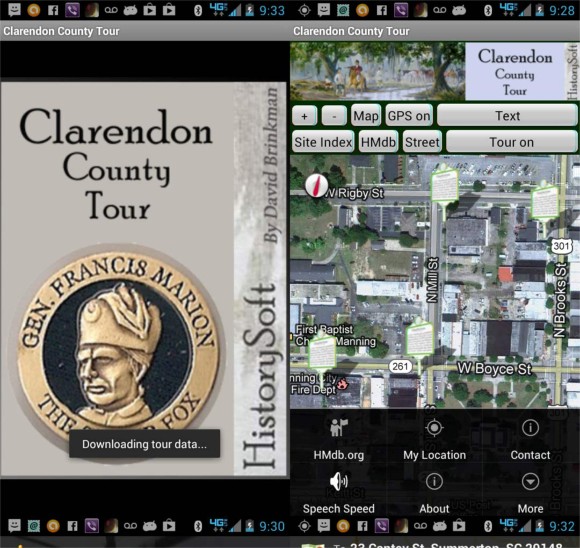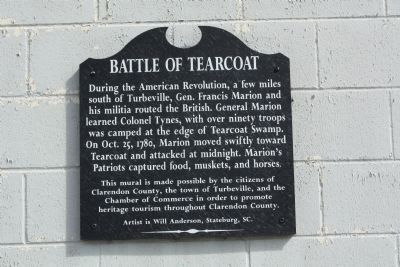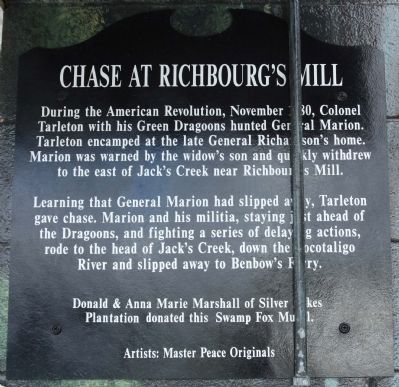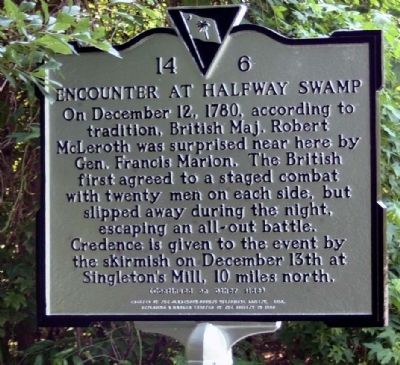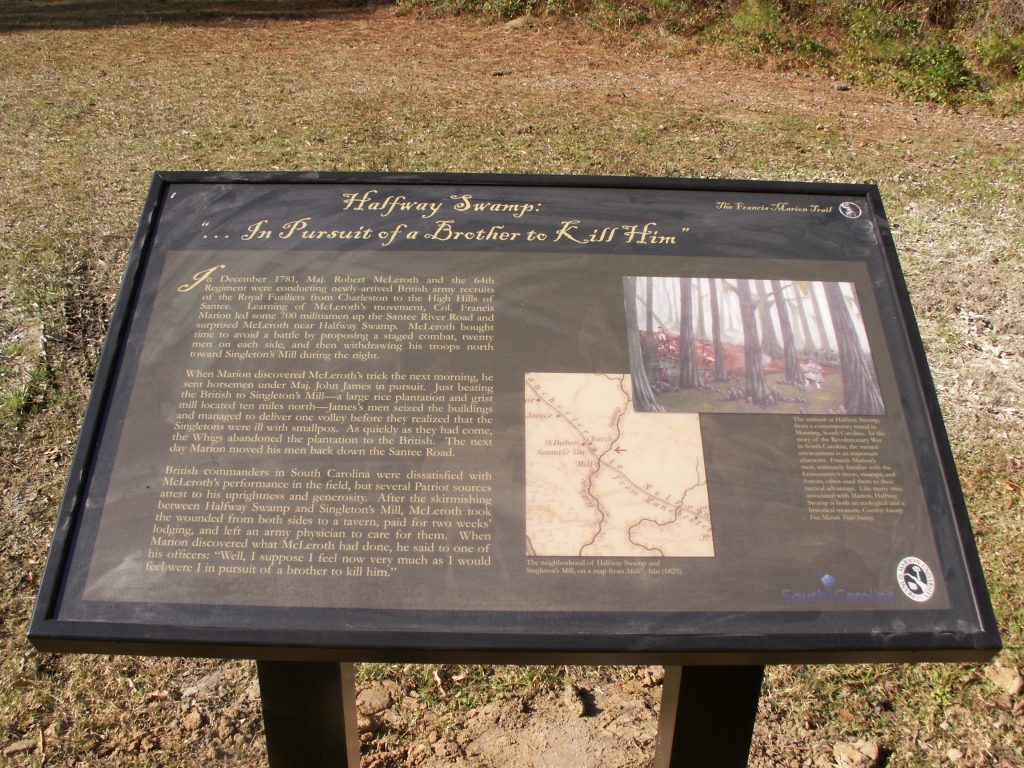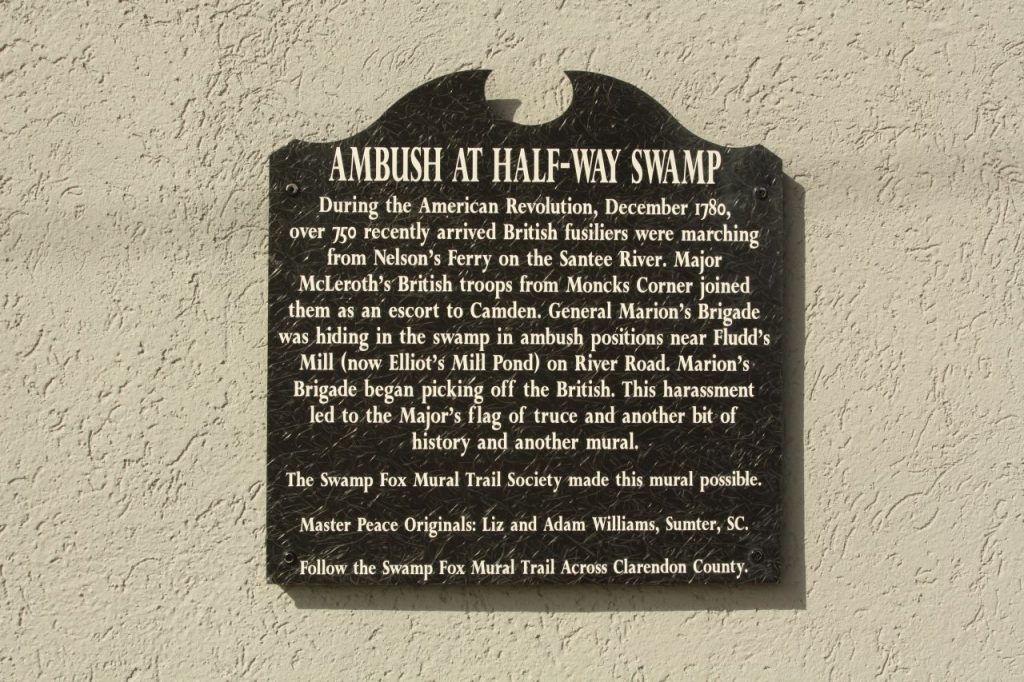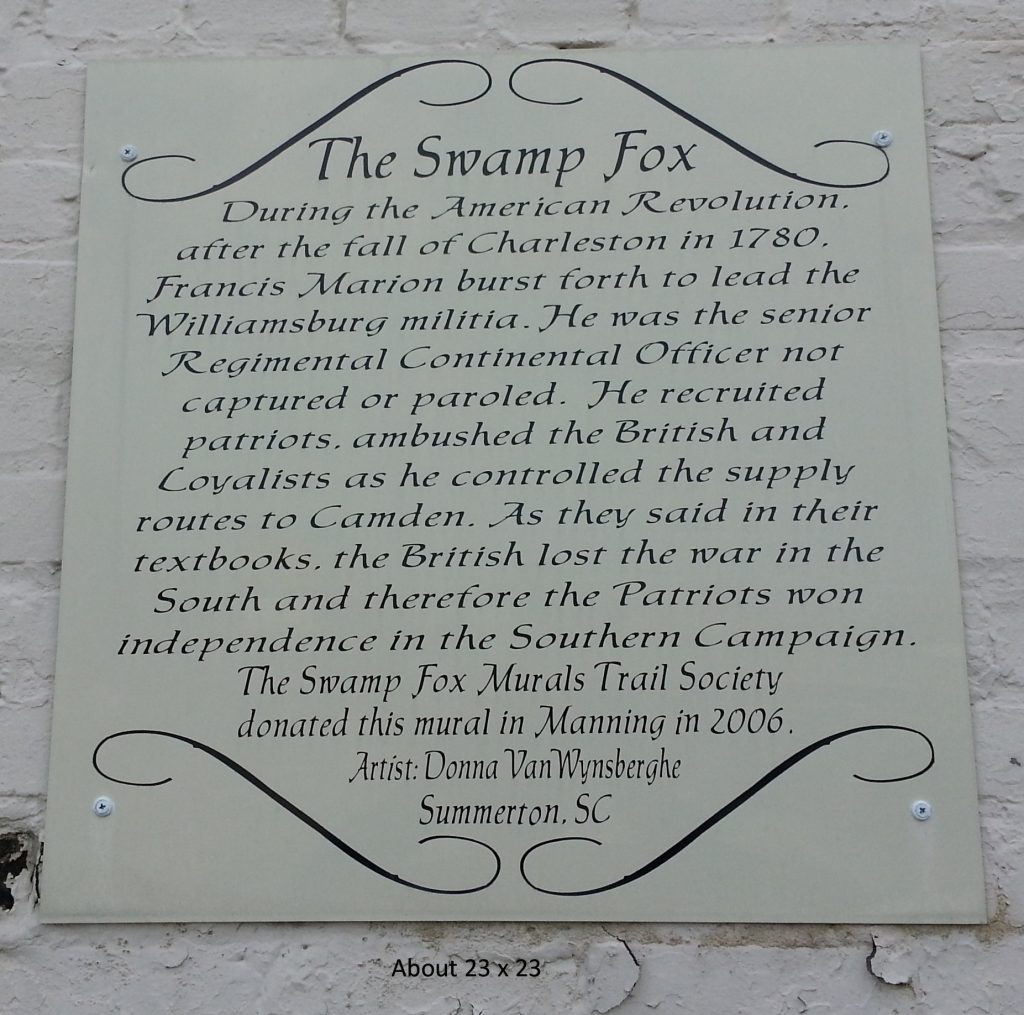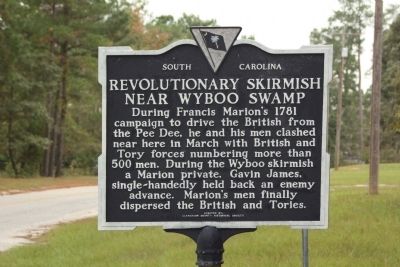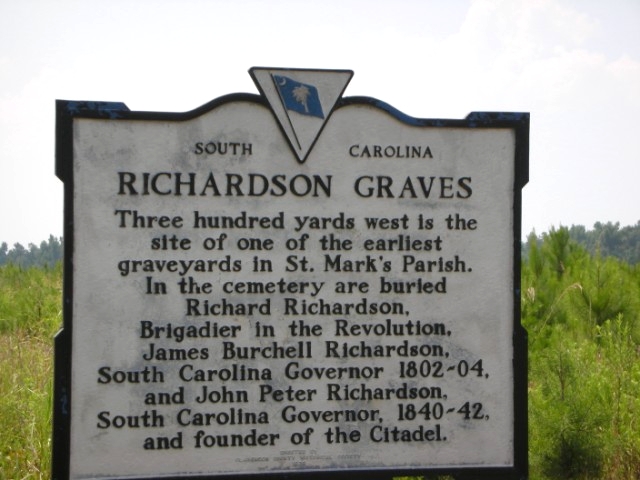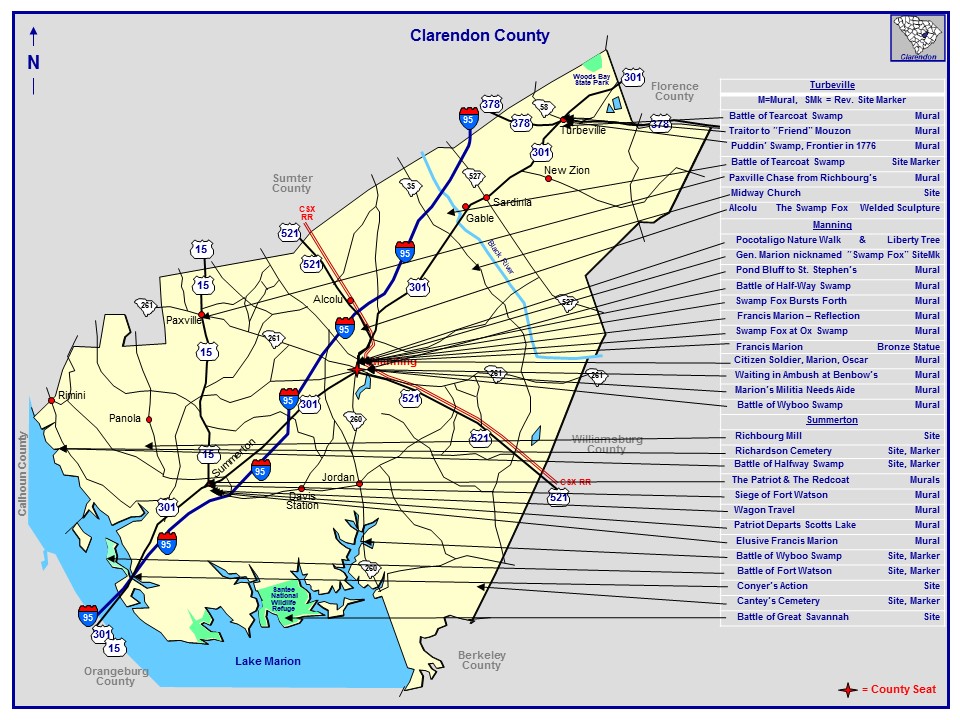Facts & Trivia - Clarendon County, South Carolina
And General Francis Marion, The "Swamp Fox"
History: Clarendon County was named for Edward Hyde, Earl of Clarendon, one of the Lord Proprietors of Carolina, since 1732. It has produced five governors of the state. It figured heavily in the Revolutionary War campaign of “The Swamp Fox,” General Francis Marion, and is where he earned the “Swamp Fox” designation. Many of the first settlers were French Huguenots, and many early settlers were farmers. The county seat is Manning, named for John Laurence Manning, Governor of South Carolina from 1852-1854, and is the geographical center of the county.
Among the famous women who have called Clarendon County home are Anne Custis Burgess who composed the music to the state song “Carolina,” written by Henry Timrod; Althea Gibson, the first black woman to play tennis at Wimbledon; Peggy Parish who wrote the “Amelia Bedelia” series of children’s books; Marion McKnight, Miss America 1957; Ann Worsham Richardson and other famous artists. Civil rights leaders Harry Briggs and Joseph A. DeLaine were born in Clarendon County.
In the spring of 2000 “The Richardson Waltz” became the official SC waltz, having been written down by Mary Richardson Briggs only shortly before. It was handed down by ear from one family member to another for more than 200 years in Clarendon County in the family of Revolutionary War General Richard Richardson.
National Historic Register Sites in Clarendon County: Santee Indian Mound (ca. 1200-1500 AD) and Fort Watson (1780), the Old Manning Library (1909), Davis House/El Recuerdo (1843), Alderman’s 20 Stores in One (1919), Summerton High School (1936)/Clarendon One Cultural Arts Center, and the most recent entry, Senn’s Grist Mill (1905), Blacksmith Shop (1903), and Orange Crush Bottling Company (1921).
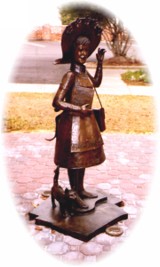


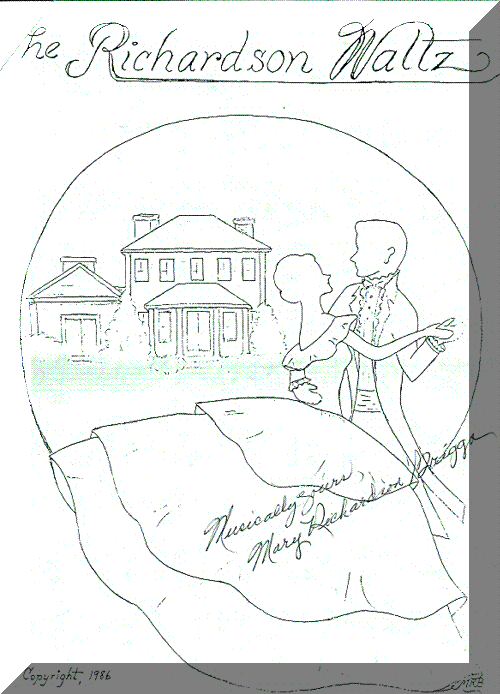
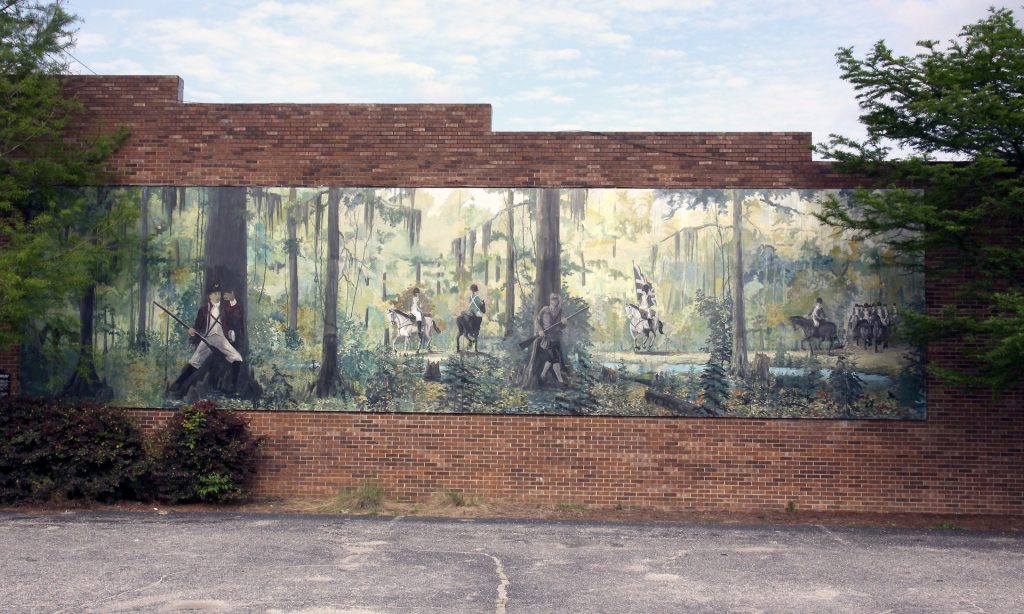
Less than 1 mile East of Manning is Ox Swamp. In the American Revolution, November 8, 1780, Gen. Francis Marion and his militia lured British Col. Tarleton and his Green Dragoons about 26 miles from Jack’s Creek through the swamps to Ox Swamp. After spending 6 hours in this pursuit, Tarleton gave up the chase saying “as for the old fox (Marion), the devil himself could not catch him.” Thus, Gen. Marion became known as the “Swamp Fox”. Artist’s original concept and painting is by Will Anderson of Stateburg, SC, 2001. This mural is made possible by the citizens of Clarendon County and Manning to promote heritage tourism. Many historians say the American Revolution was won in the South in what is called the ‘Civil War’ phase.
Population: The population of the county is approximately 32,500. It is comprised of several towns:
Manning (est. 4025), Summerton (est. 1100), Turbeville (est. 600), Paxville (est. 250), and Alcolu.
Geography: Clarendon County is situated in the east central portion of South Carolina. Its land surface covers 599 square miles with Lake Marion covering an additional 95 square miles of the county. There are approximately 383,000 land acres in the county. Most of the county topography is nearly level to gently sloping and is predominately sand and loamy soils. About 33% of the county land base is used for cultivated agricultural crops, and about 59% is woodland. See Manning map, Summerton map, Turbeville map, Clarendon County, and SC and other maps.
Library: The Harvin Clarendon County Library is located in the town of Manning and a bookmobile services areas of the county. Peggy Parish’s own Amelia Bedelia, in bronze, stands outside the library.
Archives: The Clarendon County Archives and History Center (803-435-0328) 211 N. Brooks Street, Manning, located next to the library, provides history spanning more than 250 years.
Clarendon County Museum ( 803-433-0328) is open by appointment, 102 S. Brooks Street, Manning, SC 29102
Churches: There are more than 110 churches representing many denominations.



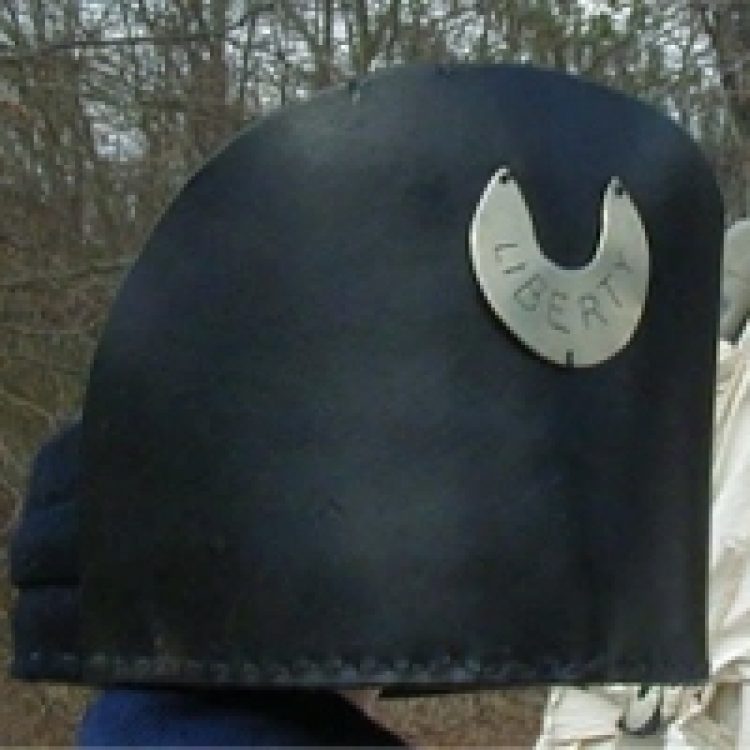
Climate: The people of Clarendon County enjoy a moderate, temperate climate, with very warm summers and mild winters. The average temperature in January is 46 degrees and in July 82 degrees. Average precipitation is 50 inches with a growing season of 225 days.
Agriculture: Forest products are major crops in the county with tobacco, cotton, corn, and soybean major crops for traditional farming. One of the most important non-traditional crops is cucumbers. In recent years many of the county’s farmers have increasingly switched to vegetables (greens, squash, tomatoes) for the fresh and canned markets. There are also a number of U-Pick farms throughout the county.
Airport: The Clarendon County Airport on SC 260 about 10 miles south of Manning is located next to Lake Marion (also used by seaplanes). It has one paved, lighted 3600 foot runway and accommodates small, private aircraft. The nearest airports serving major airlines are in Columbia, Charleston, Myrtle Beach, and Florence. Sumter, our neighboring county, has a 7000 foot runway and Shaw Air Force Base.
Highways: The county is served by Interstate 95; US highways 15, 301, 378 and 521, South Carolina State highways 260 and 261, and a well maintained network of county roads.
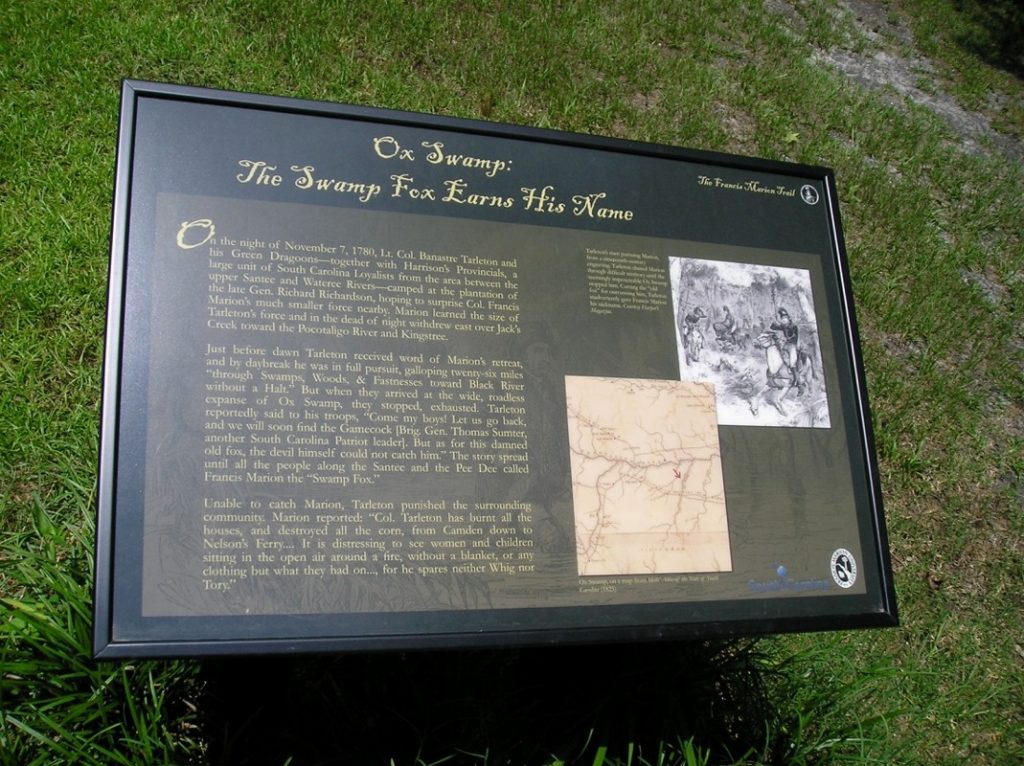
Education: There are three public high schools in one district and four private schools located in the county. Clarendon County has FE DuBose Career Center Campus, Central Carolina Technical College and universities located 20 and 50 miles away.
Recreation: Primary recreation includes golfing, fishing, hunting, boating, and all water sports. Camp Bob Cooper (a S.C. 4-H Leadership Center) is used by numerous northern colleges for their rowing teams to practice sculling in winter. Industry: County residents are principally employed in agriculture or manufacturing of auto bearings and parts, bicycles, digital components, hydraulic equipment, textiles, timber industry, and service related businesses.
Just for fun Swamp Fox song at bottom of page.
Accommodations: There are over 20 motels in the county with over 1,800 rooms. Lodging and camping is available along Interstate 95 and on Lake Marion. I-95 is adjacent to Historic US 301 which offers a comfortable view of Southern Living.
Restaurants: The county boasts a variety of restaurants offering everything from fast foods to country cooking and family dining. Retirement: With its temperate climate, low cost of living, and high quality recreation, Clarendon County is very attractive to the retirement community.
Many retirees choose to live on or near the lake and others prefer the ease of small town or golf course living. Festivals: The Clarendon County Striped Bass Festival and Turbeville’s Puddin Swamp Festival are held annually during the month of April. The week-end festivals feature golf and fishing tournaments, arts show, parades, live music, and much more in downtown Manning and Turbeville.
The Clarendon Chamber of Commerce, 19 N. Brooks Street, downtown Manning, SC (803-435-4405)
Summerton DuckFest in October, at Camp Woody, Rimini, SC
Francis Marion Symposium in October, at Central Carolina Technical College, Manning, SC
Weldon Auditorium, 7 Maple Street, Manning, SC: (803) 433-7469
Cultural Events: The Back Porch Players & Singers, a group of local citizens, produce and perform a number of plays and appear from time to time. The Puddin Swamp Singers (inactive at the present), a 32 member group based in Turbeville, gave performances of Broadway and classical music.
Civic Organizations: American Legion, American Legion Auxiliary, Business and Professional Women, Civitan Club, Cultural Arts Council, DAR, Ducks Unlimited, Habitat for Humanity, Clarendon Historical Society, Jaycees, Lions Club, NAACP, National Council of Negro Women, Pilot Club, Rotary Club of Manning (Wednesday lunch club), Rotary Club of Summerton (Thursday breakfast club), Turbeville Ruritan Club, S.C. Waterfowl Association, SAR, SCV, UDC, and a number of garden clubs.
Siege of Fort Watson
Monday to Monday, April 16-23, 1781
Directions: I-95 Exit 102, South of Summerton. Historic US 301 north, turn west onto Fort Watson Road (S-803), the Indian Mound, site of Fort Watson. Colonel Harry Lee and Lee’s Legion from Virginia had joined General Marion and Marion’s Brigade on the Black River on April 14, 1781. Marion and Lee elected to capture the British fort, built in December 1780, Fort Watson on the Santee and beside Scott Lake, to secure the area and to get badly needed supplies. They laid siege to the fort. The cannon never arrived. “Col. Maham contrived to raise a tower of logs, so high that it overtopped the fort.” The tower was erected over night after collecting saplings for several days. The use of the tower by the McCottry riflemen at sunrise led to the quick surrender of Fort Watson by Lt. James McKay on the morning of April 23, 1781 and was the final Battle of Fort Watson.
- Fort Watson mural, Summerton Hardware.
- Historic marker
- Former Crypt cover, Marion stone
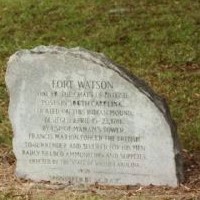
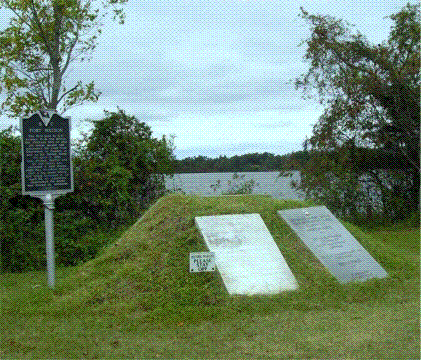
Francis Marion Statue
General Francis Marion in St. Mark’s Parish, now Clarendon County, is in the Continental uniform of his 2nd SC Regiment after he occupied Georgetown, June 6, 1781.
Marion is sponsored by the Swamp Fox Murals Trial Society.
Come to Manning to see Francis Marion in the Clarendon County Chamber of Commerce window, 19 N. Brooks Street.
These Swamp Fox engagements were after Charleston fell and the British occupied it starting on May 12, 1780. Marion had escaped capture and was the only senior Regimental or Continental Officer free to lead the local militia. Find this statue: 33.696° N 80.211° W
Francis Marion and the Sweet Potato Story
Francis Marion was in his camp near Snow Island on the Pee Dee River with his Militiamen. A British officer visited with Marion under a flag of truce to negotiate an exchange of prisoners. Marion offered him a meal consisting of sweet potatoes cooked in the ashes of the campfire and water to drink. The British officer returned to Charlestown and refused to fight against an enemy ( the Patriots) as dedicated as Francis Marion, “who ate roots cooked in a fire and drank nothing but water from the swamp.”
There are about 12 different paintings that depict this event. All these paintings or etchings were done after General Marion died. The Sweet Potato story from the US Senate.
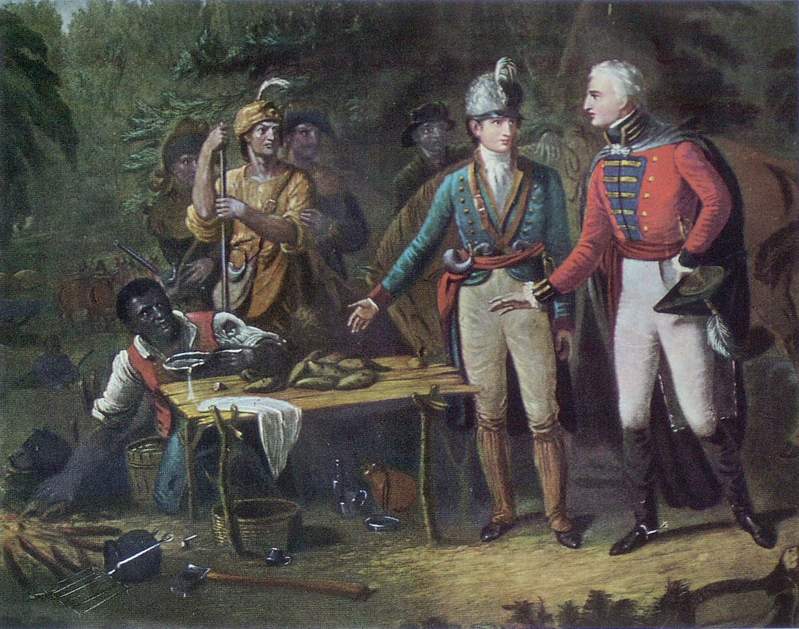
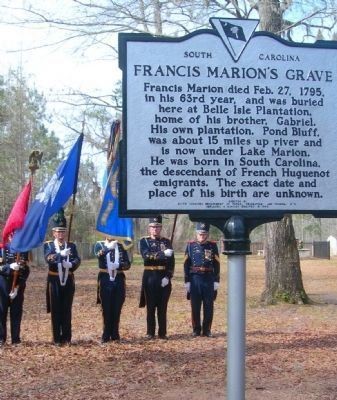
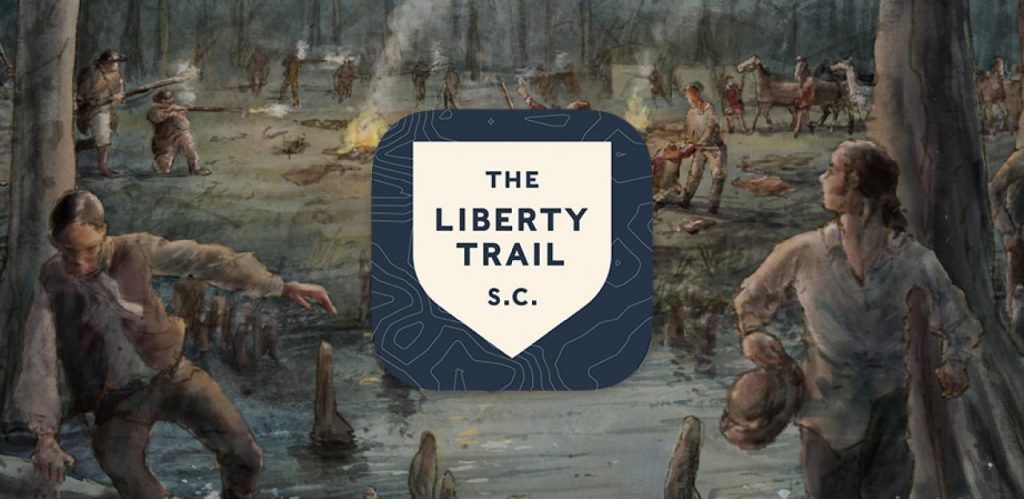
Find History!
Revolutionary War Locations in Clarendon County Area
| # On Clarendon Map | Date | Location |
| 1 | 1780-08-17 | Nelson’s Ferry |
| 2 | 1780-08-25 | Great Savannah |
| 7 | 1780-10-25 | Tearcoat |
| 8a | 1780-11-08 | Jack’s Creek |
| 8b | 1780-11-08 | Ox Swamp |
| 13 | 1780-12-12 | Halfway Swamp |
| 14 | 1780-12-13 | Singleton’s Mill |
| 16 | 1780-12-17 | Santee River Rd |
| 22 | 1781-03-06 | Wiboo Swamp |
| 23 | 1781-03-06 | Cantey Plantation |
| 24 | 1781-03-13 | Mt. Hope Swamp |
| 37 | 1781-04-15 | Fort Watson |
| 41 | 1781-08-16 | Santee River |
| 44 | 1781-09-08 | Eutaw Springs |
| 54 | Richardson Cemetery | |
| 55 | 1795-02-27 | Marion’s Tomb |
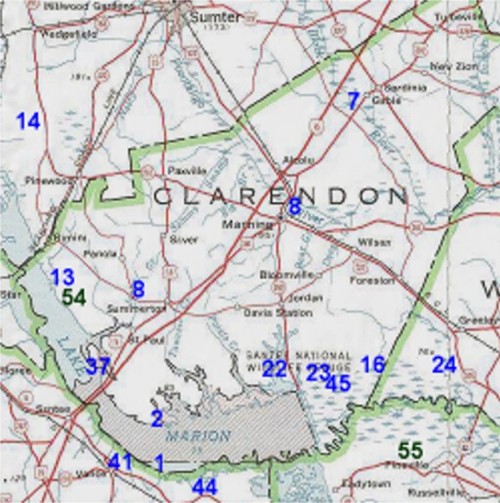
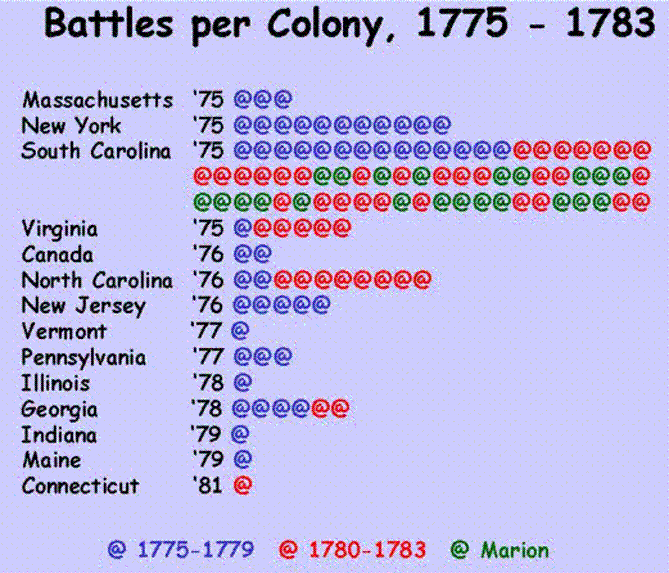
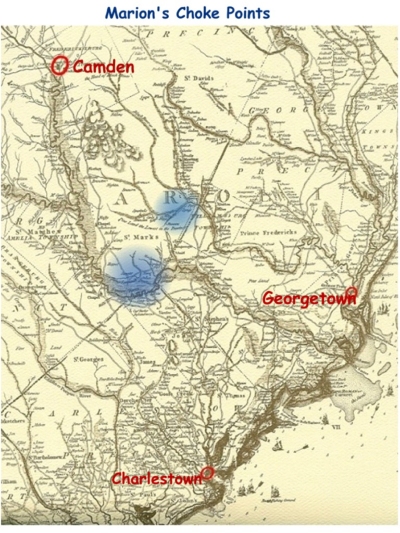
Choke points on the Santee River and Black River where Marion cut the British supply lines.
My name is Francis Marion. I fought the British redcoats in ’76,
Hiding in the Carolina swamps by day and surprising them with swift strikes at night.
They called me a tricky swamp fox, so a swamp fox I became.
Swamp Fox, Swamp Fox
Tail on his hat. Nobody knows Where the Swamp Fox at.
Swamp Fox, Swamp Fox
Hiding in the glen. He runs away to fight again.
I fire a gun, the birds take wing.
Their startled cry’s a signal clear.
My men march forth to fight the King.
And leave behind their loved ones dear.
Swamp Fox, Swamp Fox, Tail on his hat. Nobody knows Where the Swamp Fox at.
Swamp Fox, Swamp Fox, Hiding in the glen. He runs away to fight again.
We had no lead, we had no powder.
Always fought with an empty gun.
Only made us shout the louder.
We are the men of Marion.
We had no cornpone, had no honey,
all we had was continental money.
Couldn’t buy nothing worth beans in a pot
Roastin’ ears and possum was all we ever got.
Swamp Fox, Swamp Fox, Tail on his hat. Nobody knows Where the Swamp Fox at.
Swamp Fox, Swamp Fox, Hiding in the glen. He runs away to fight again.
We had no blankets, had no beds.
Had no roof above our heads.
We get no shelter when it rains.
All we got was Yankee brains.
The Redcoats rise in a foreign land
Their hearts are far across the sea,
They never try to understand
We fight for home & liberty.
Swamp Fox, Swamp Fox, Tail on his hat. Nobody knows Where the Swamp Fox at.
Swamp Fox, Swamp Fox, Hiding in the glen. He runs away to fight again.
Swamp Fox, Swamp Fox, Tail on his hat. Nobody knows Where the Swamp Fox at.
Swamp Fox, Swamp Fox, Hiding in the glen. He runs away to fight again.
Map of Lake Marion (covers a section of Santee River) & Lake Moultrie.
Straight red line is Santee Dam, red dots indicate channel markers & Santee River channel are numbered markers in Lake Marion.
